Uluwatu Temple: Bali’s Pura Segara At A Cliff Edge
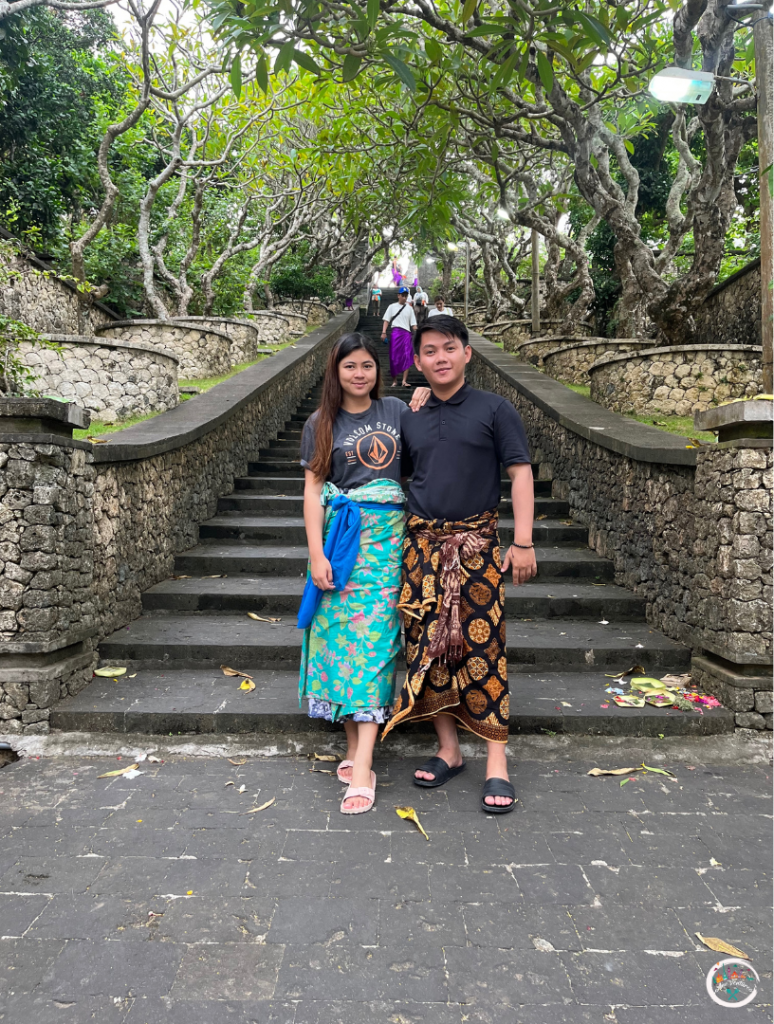
Buy Soma no prescription USA FedEx shipping The usual itinerary in Bali includes a lot of temples. However, our tour guide, Jick of Be Happy at Bali Tour & Travel, suggested that we must limit our visit to temples to three because in all honesty, we wouldn’t fully enjoy and understand them since we have different culture and religion. We agreed to the idea because it’s a way to maximize our time in Bali. Therefore, we only went to the most interactive and most scenic temples in the island.
Uluwatu Temple is one of the three temples we visited in Bali. The sea temple is known for majestic the view of the sunset over sea waves and the locally famous Kecak dance. It is one of the six main temples in Bali. It was even said that this was the spot where Empu Kuturan did his worships.
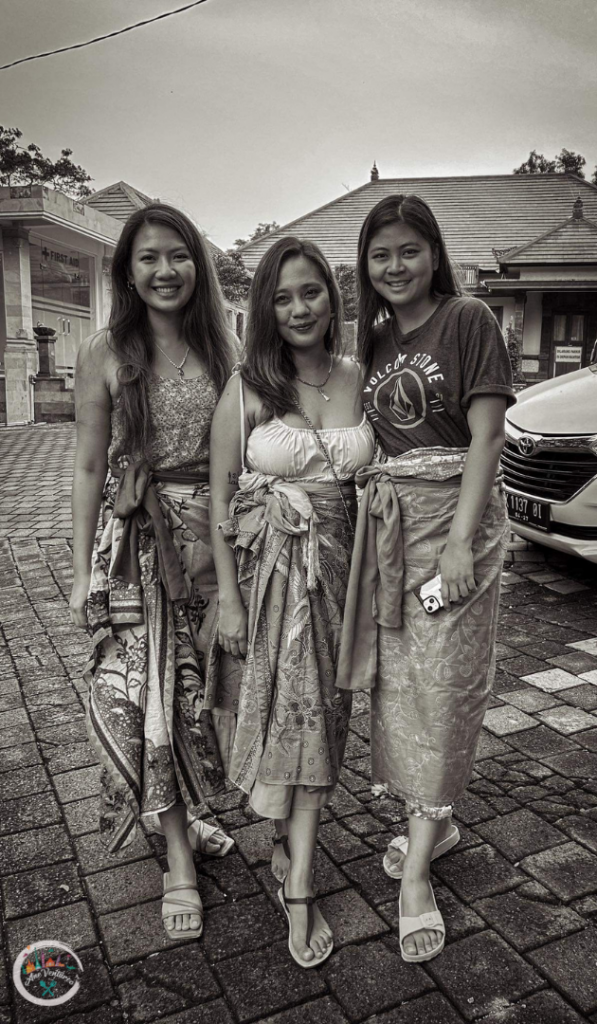
Before entering the temple, visitors are required to wear sarong as part of Balinese tradition. I don’t think that it has something to do with our clothes because revealing or not, it’s a must to wrap sarong around the waist. There are available sarong at the entrance for lending but it has been used multiple times by different tourists already so Jick lent freshly washed sarong to us.
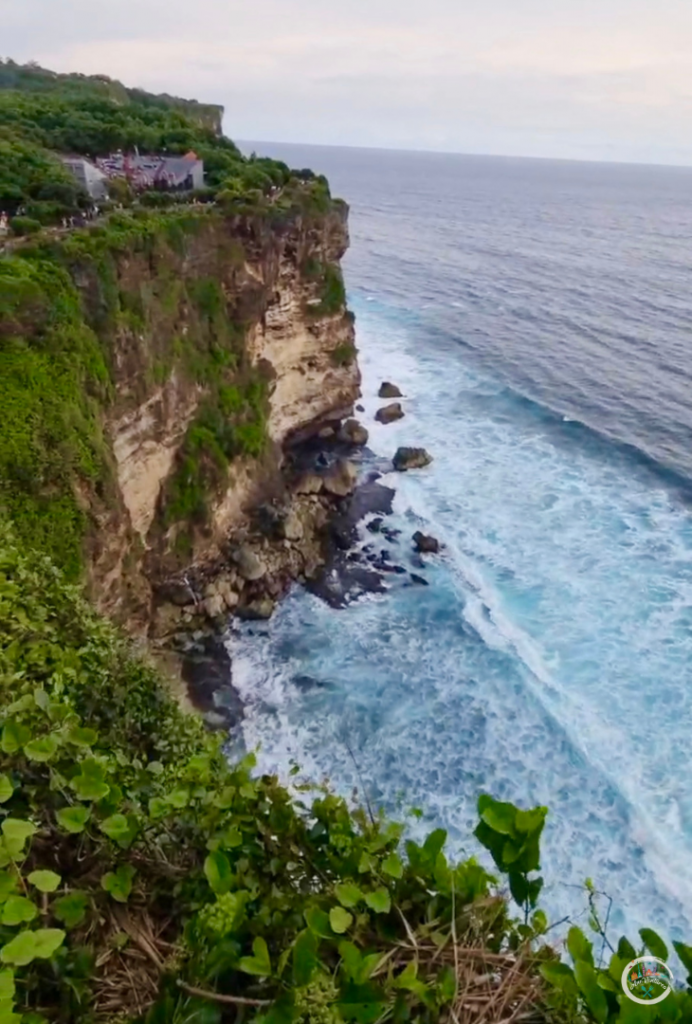
Perched on top of a stiff cliff, Uluwatu Temple rewards its guests with the panorama of Indian Ocean, with its waves flapping at the bottom of the cliff. Locals recommend to visit Uluwatu Temple during the sunset to catch its glory. People go here to simply enjoy the calm scene. The temple follows the cove shape of the cliff so when you’re on one edge, you could see the other edge.
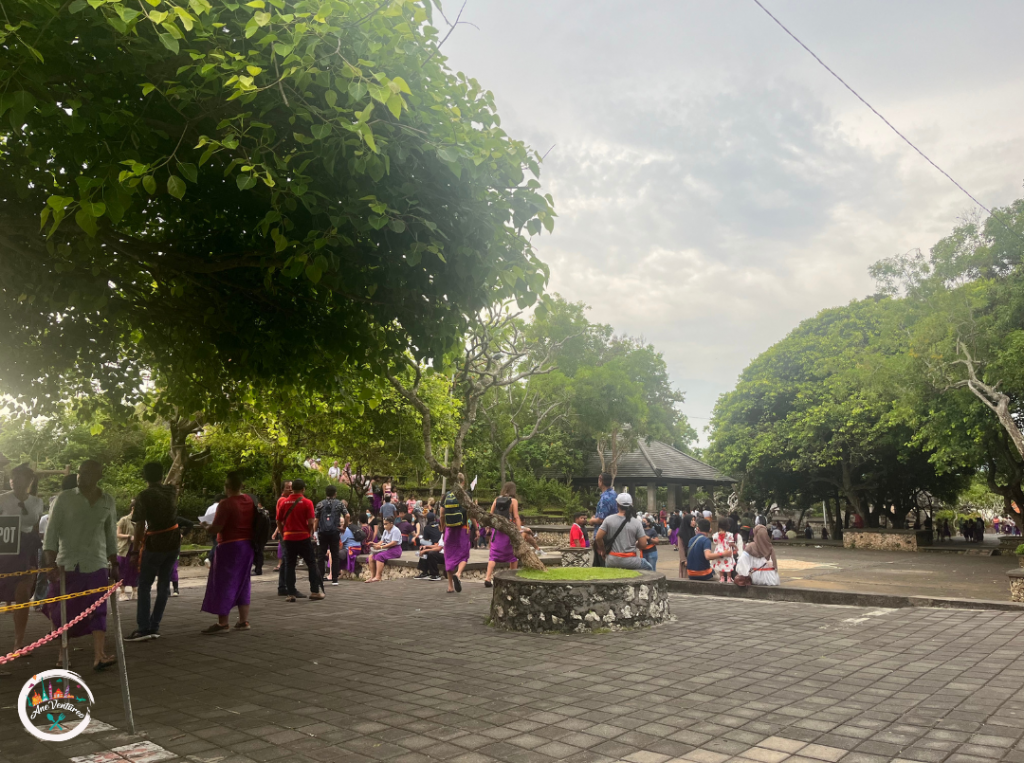
I noticed that the landscape of Uluwatu temple is different from the other temples we visited in Bali. Unlike in Ulun Danu Beretan Temple and Tirta Empul Temple, there were only minimal carved stones and towering gates in Uluwatu temple. This is more of a park, surrounded with varieties of fauna and flora. In fact, there were fascinating and aesthetic trees, uprooted particularly along the way to the main shrine.
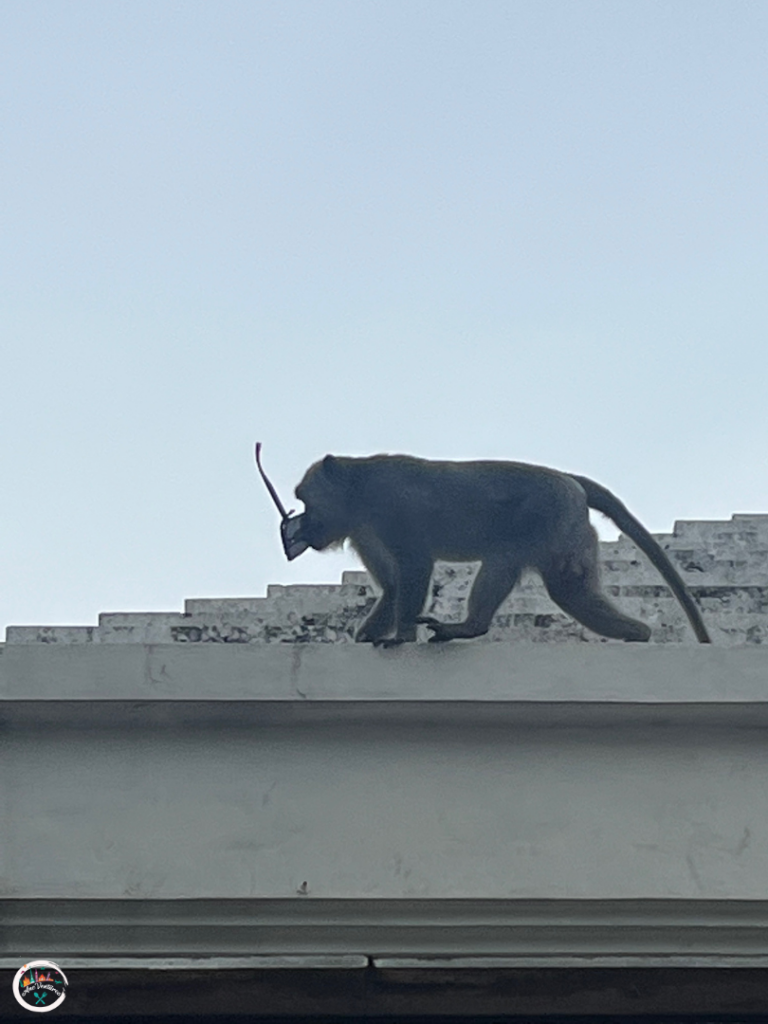
As an animal lover, I personally enjoyed the countless monkeys in Uluwatu temple. They are roaming around the temple enjoying their freedom. You just have to be careful with your belongings because they may steal something from you. My friends and I are actual witnesses of this monkey stealing sunglasses from a tourist. But the tour guide was able to claim back the sunglasses by swapping food.
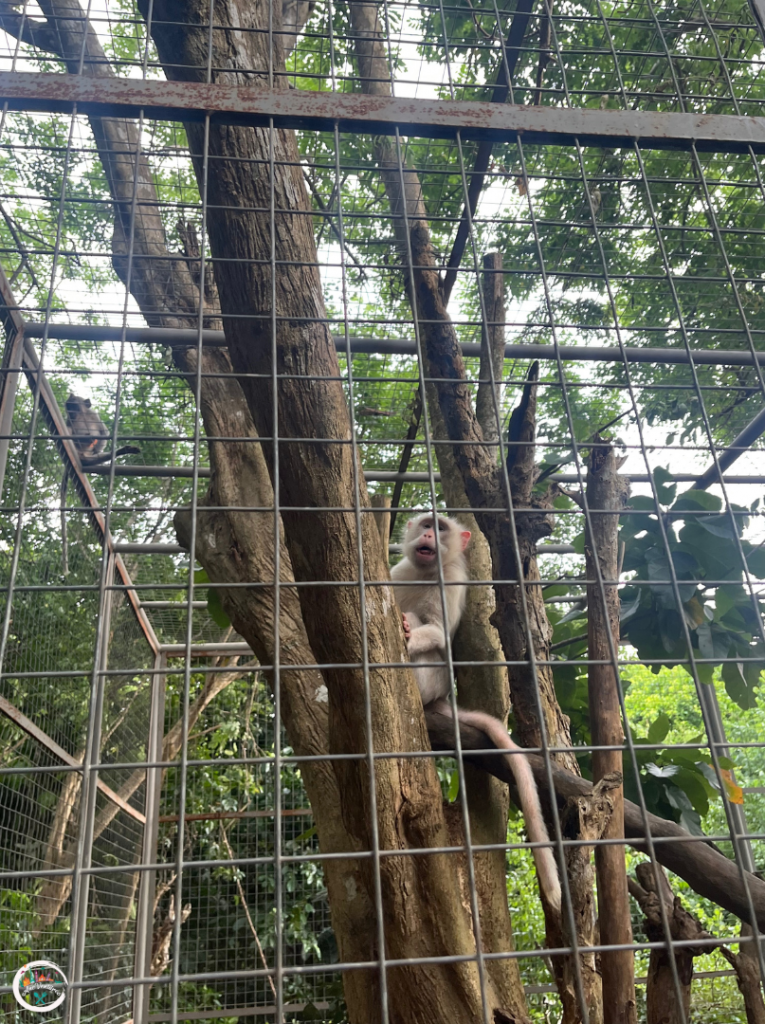
While the normal-looking monkeys are free, this Albino Monkey is locked up in a cage. Our tour guide told us that white monkeys are considered sacred in Bali because they are seen as the embodiment of Hanuman, the monkey king in Ramayana, who is known for his strength, loyalty, and wisdom. The Albino Monkey was caged as protection. But it was a heart-breaking sight.
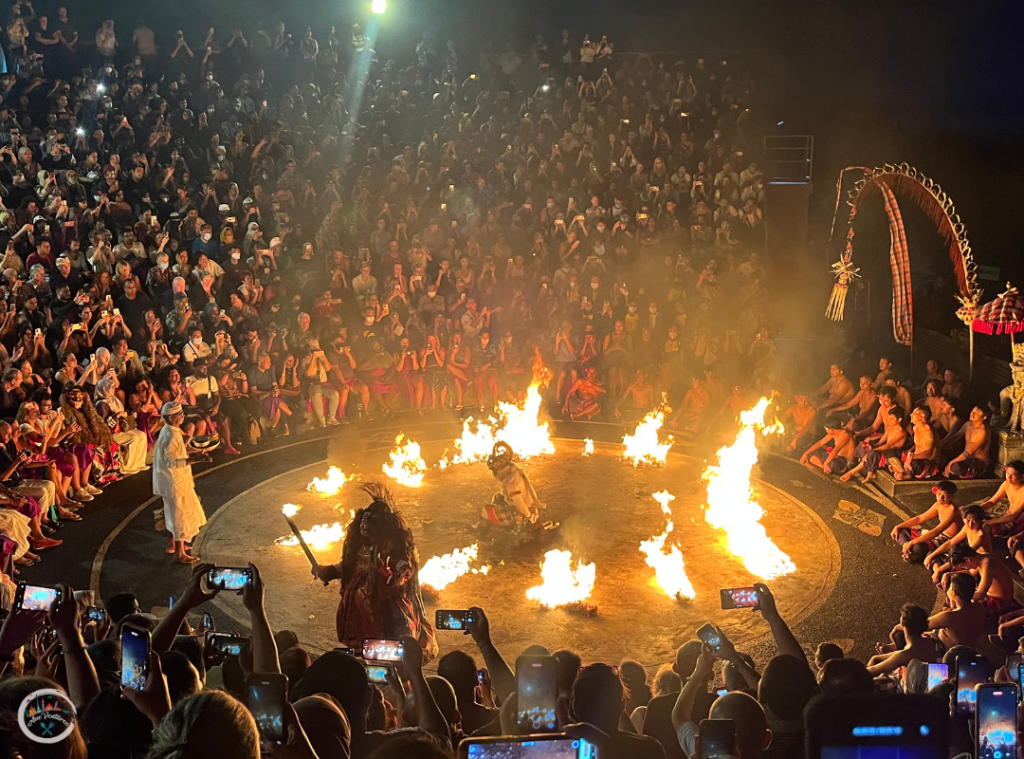
Kecak is the most unique Balinese dance, which is accompanied not by an orchestra, but by a choir of 70 men. It has its origin in an old ritual dance called Sanghyang. Using the dancers as a medium, the deities or ancestors convey their wishes. As early as 1930s, the old Indian epic, Ramayana, was used as the subject of their dance. Their narration of Ramayana through dance is what we witnessed in Uluwatu Temple during the time of our visit.
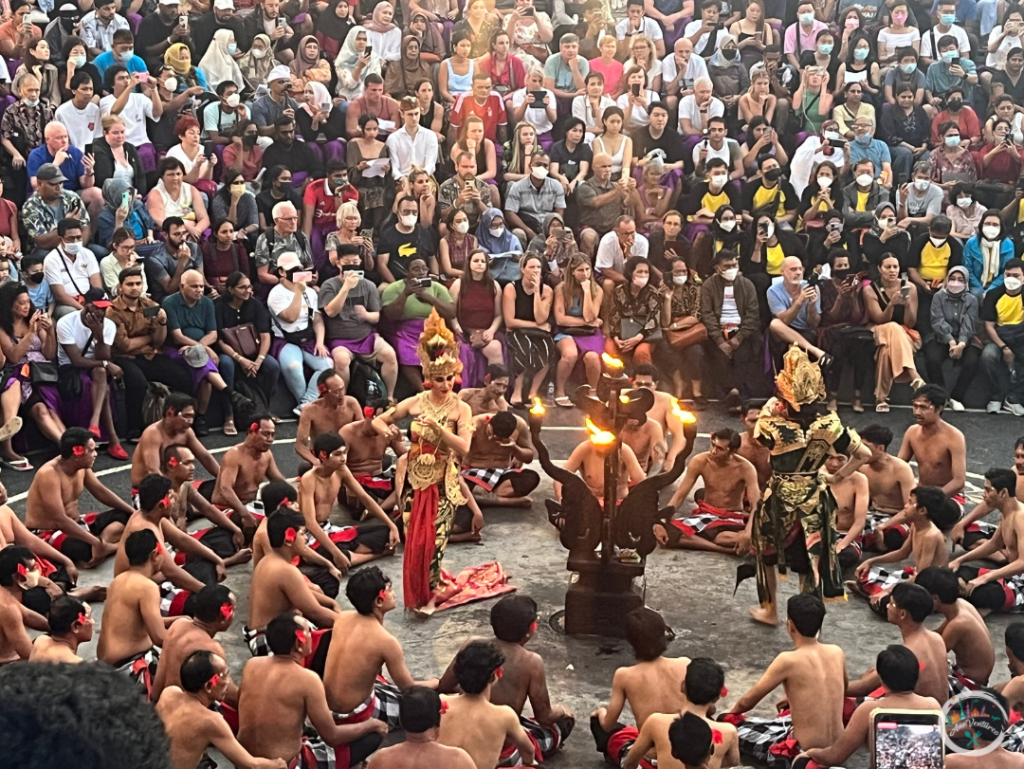
I’m already familiar with the story of Ramayana since we studied and created a roleplay of it when I was in high school. Briefly, the story runs like this. Due to a wise prince of Ayodya, Rama, the legal heir to the throne of Ayodya, was exiled from the realm of his father Dasarata. Accompanied by his wife, Sita, and his younger brother, Laksamana, they went into a forest called Dandaka.
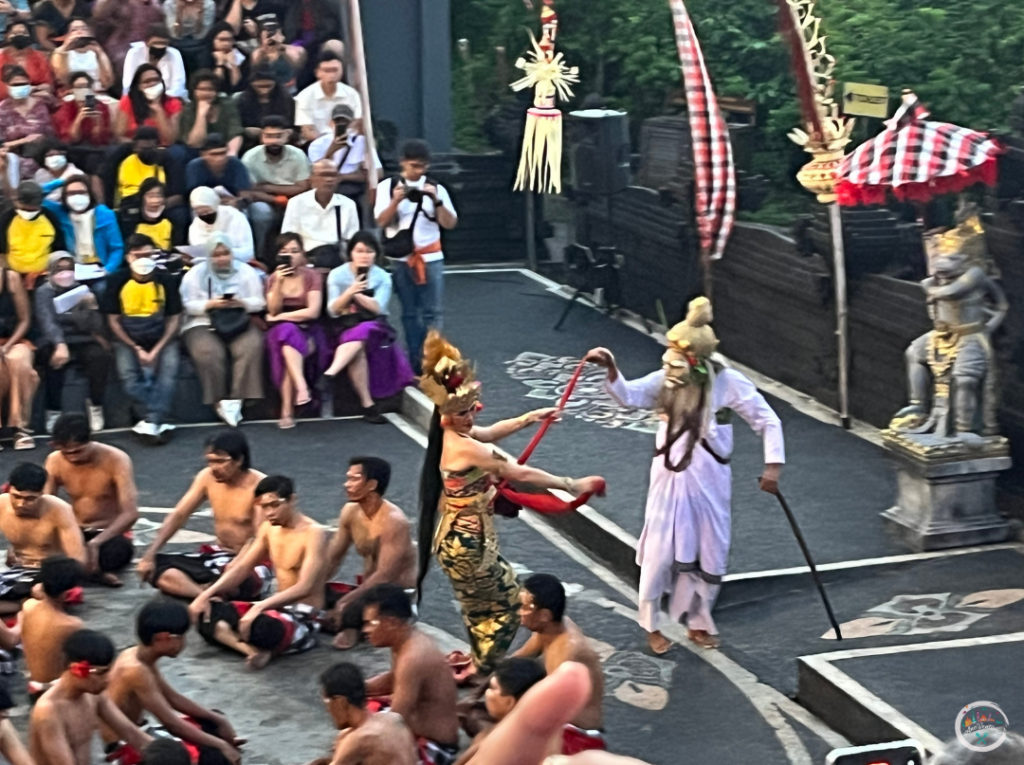
While they were in the forest, the demon king, Rahwana, found them and lusted after the beautiful Sita. Accompanied by his prime minister, Marica, they made a trick to steal Sita. Using his magic power, Marica transformed himself into golden deer. Disguised as a golden deer, they succeeded luring Rama and Laksamana away from Sita.
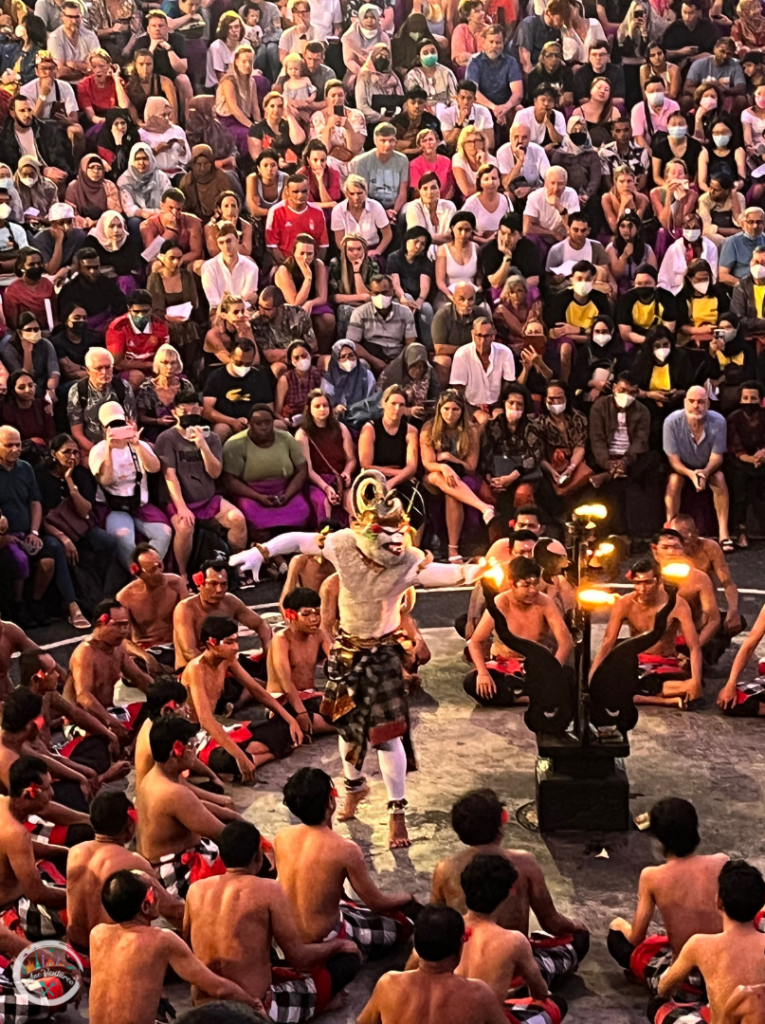
Rahwana, making use of this opportunity, kidnapped Sita and took her to his palace. Discovering the deception, Rama and Laksamana set out to rescue Sita from the clutches of the demon king, assisted by the huge army of monkeys under the command of their king, Hanuman. Rama succeeded in getting his wife back safely.
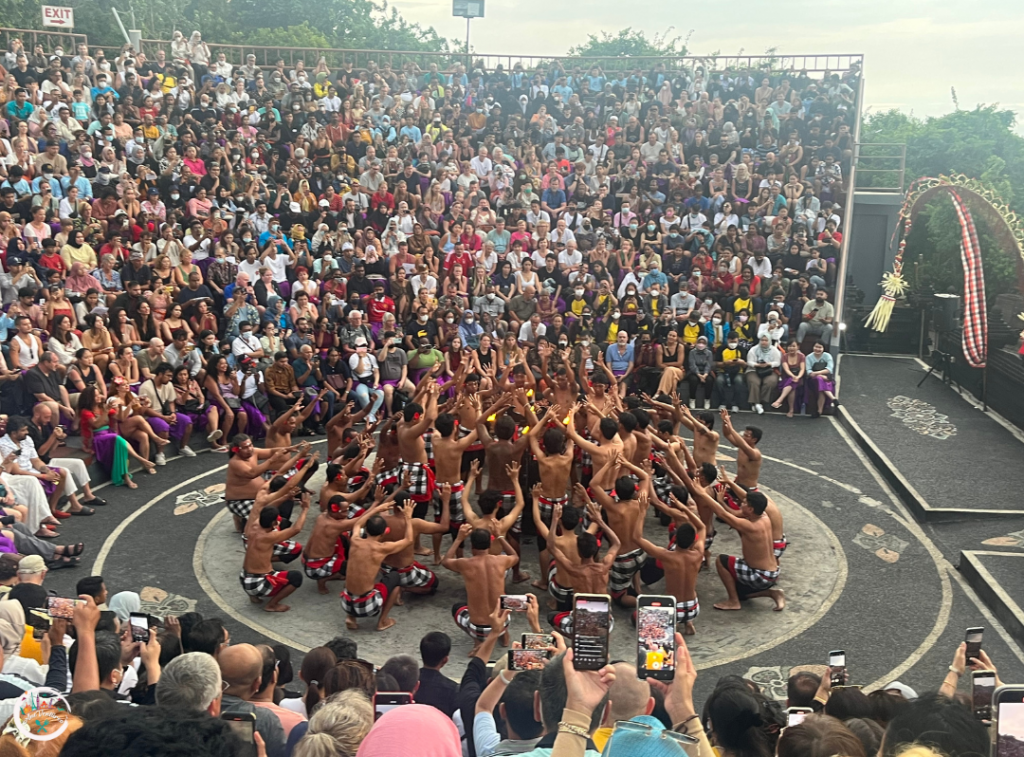
At first, we were kinda bored with the show because we were not used to this kind of culture. The story of Ramayana wasn’t really clear to the presentation. It’s a good thing that they gave a printed summary so we were able to follow a little bit. But we went with the flow of show and eventually, enjoyed the music. We even had a last song syndrome on the chant and sung “chak-a, chak-a, chak-a” when we’re heading to our villa. It was indeed the highlight of the trip.



